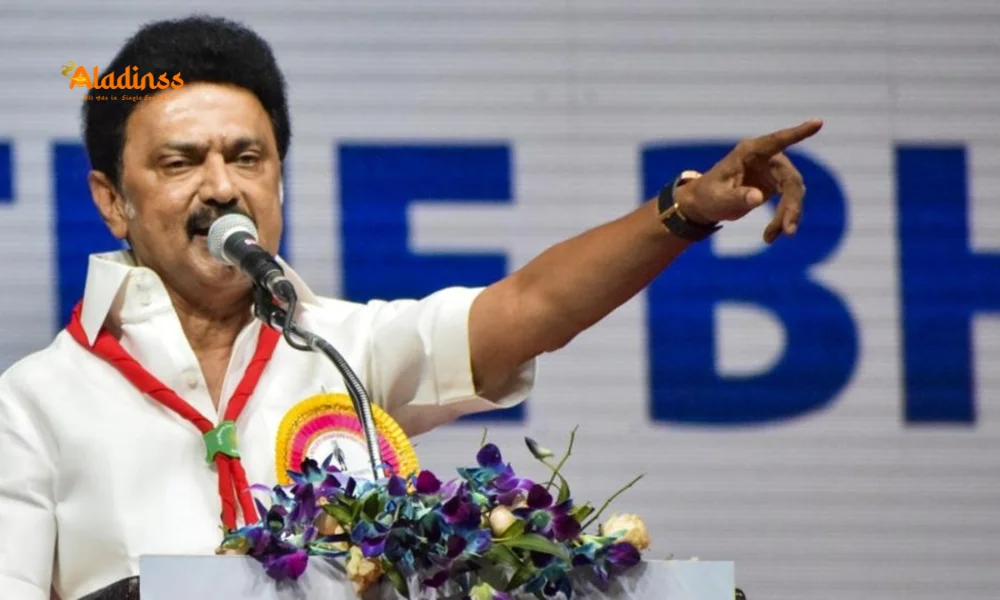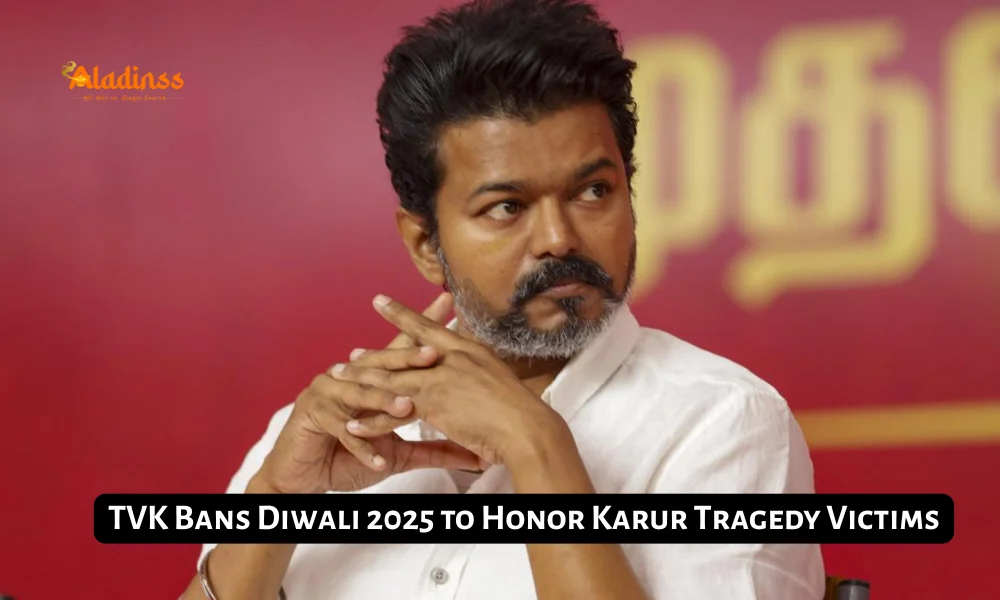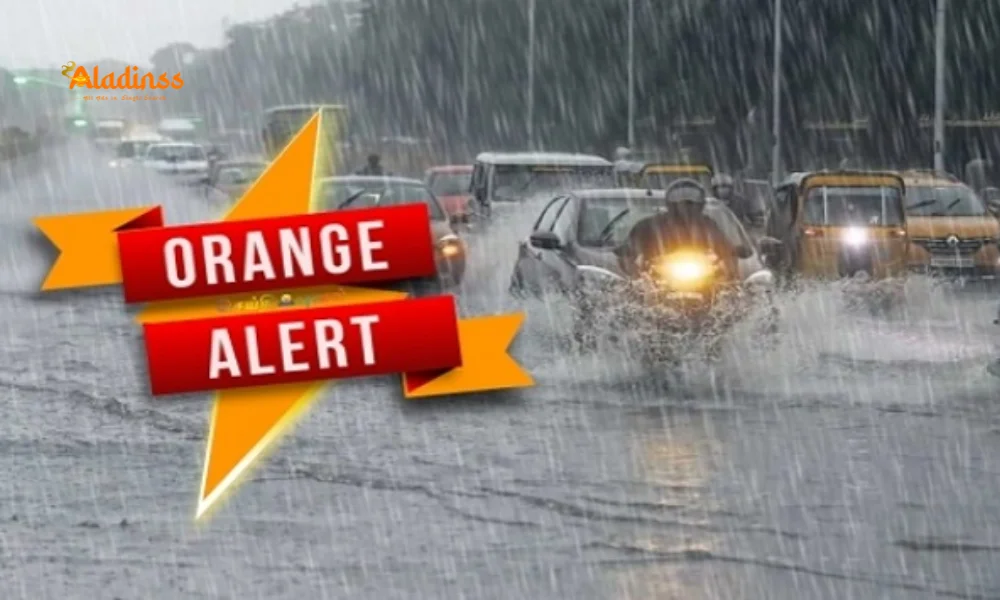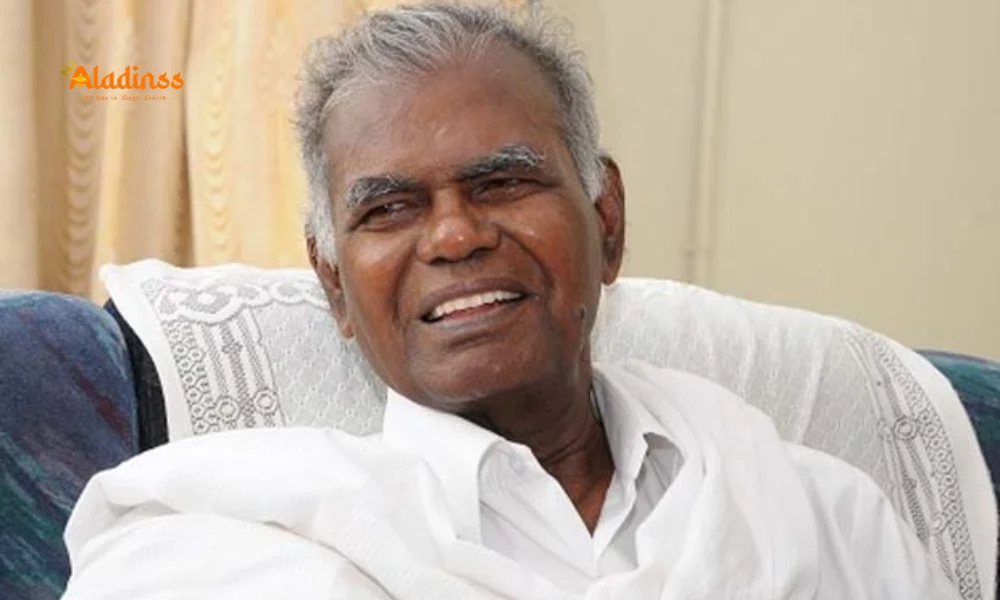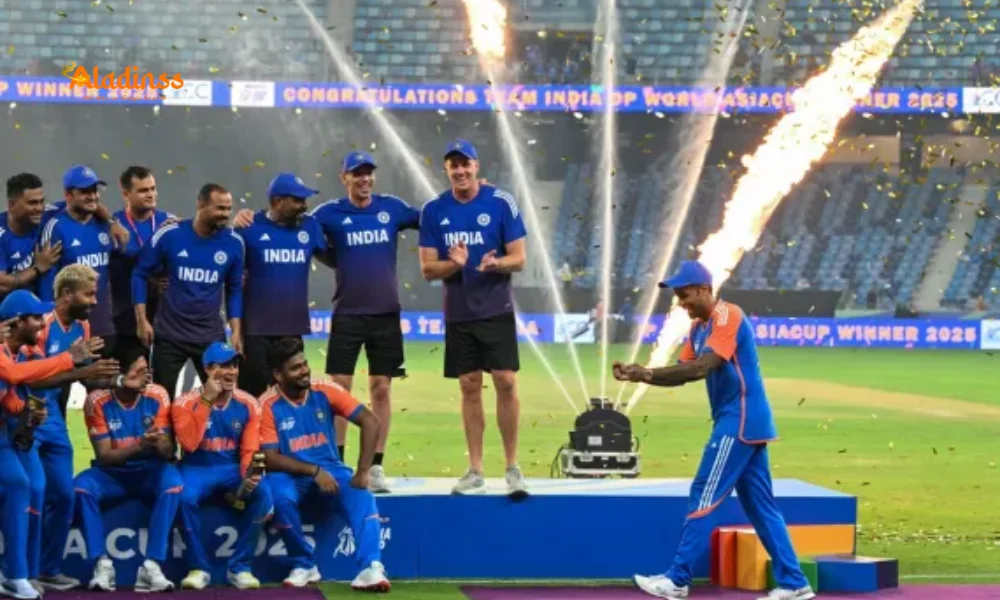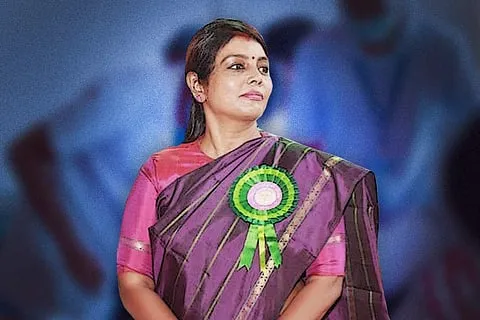Spot the CM: NC Denies Omar Sidelined in Shah’s J&K Visit
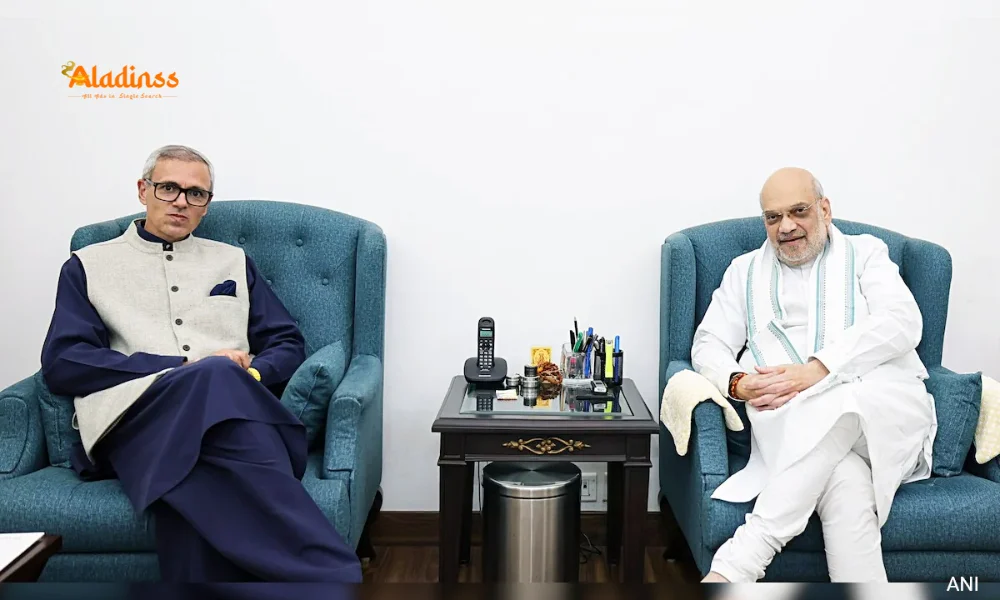
‘Spot the CM’: National Conference Rejects Claims Omar Abdullah Sidelined During Amit Shah’s J&K Visit
The recent visit of Union Home Minister Amit Shah to Jammu and Kashmir on August 31 and September 2, 2025, to review the flood situation has sparked a political controversy. Photographs circulating on social media, showing Chief Minister Omar Abdullah positioned at the fringes of Shah’s entourage, have fueled criticism from opposition parties. Detractors, particularly from the Peoples Democratic Party (PDP) and Aam Aadmi Party (AAP), have accused the National Conference (NC) government of being overly submissive to the Central government, reigniting debates about the balance of power in the Union Territory (UT). The NC, however, has dismissed these claims as “propaganda,” asserting that Abdullah was accorded proper protocol during the visit.
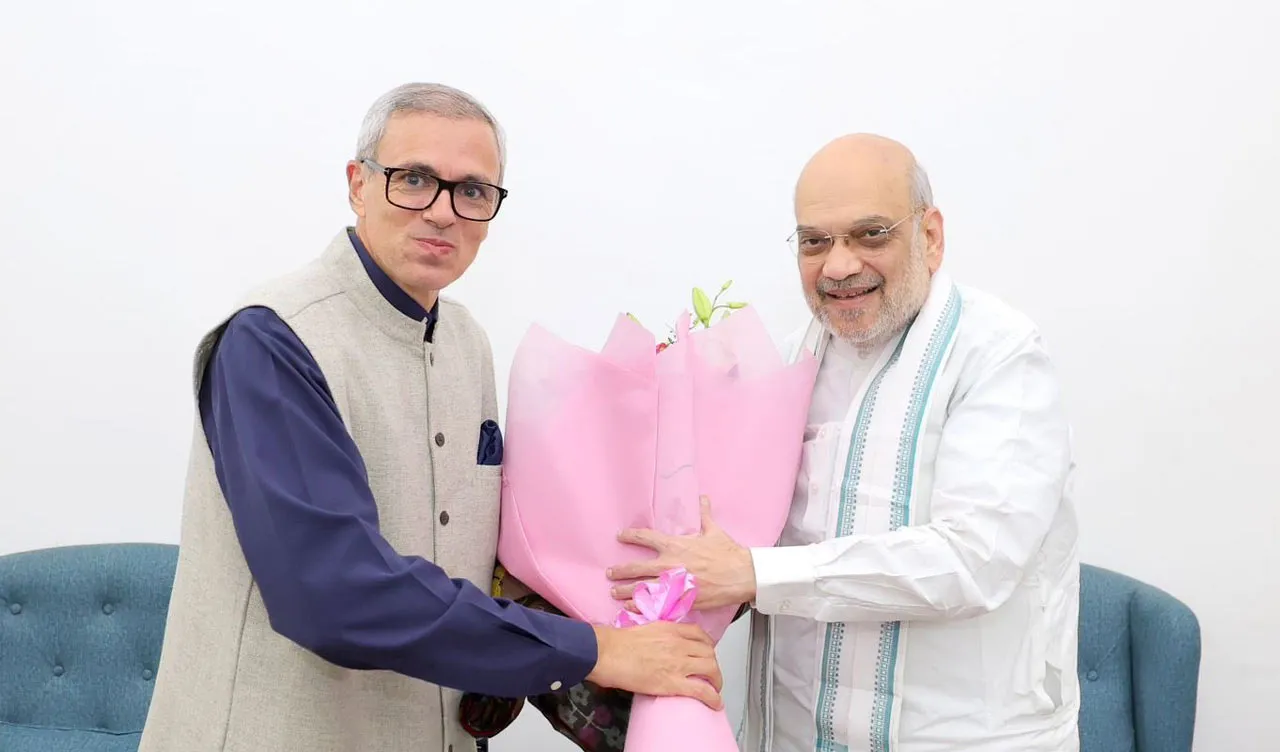
Photographs Spark Political Firestorm
During Shah’s visit to assess the flood-affected areas in Jammu, images surfaced showing Omar Abdullah standing behind security personnel, while Lieutenant Governor (L-G) Manoj Sinha and Leader of Opposition Sunil Sharma of the Bharatiya Janata Party (BJP) were prominently positioned alongside the Union Home Minister. These visuals, widely shared on platforms like X, prompted sharp reactions from opposition leaders, who labeled the positioning as an affront to the elected Chief Minister’s stature. Former Srinagar mayor Junaid Mattu took a satirical jab, posting on X, “Want to test your eyesight — Can you spot our chief minister in less than 15 seconds?” This comment, coupled with others, amplified the narrative of Abdullah being sidelined, giving opposition parties fresh ammunition to criticize the NC government’s relationship with the Centre.
PDP leader Waheed Para, speaking to The Indian Express, described the incident as “an insult to the institution, to the mandate, and not just one person.” He argued that Abdullah’s apparent marginalization was a direct result of his government’s submissive stance toward the Central government since assuming office on October 16, 2024. Similarly, PDP leader Iltija Mufti expressed dismay on X, stating, “Deeply unfortunate that the protocol extended to the Chief Minister was conspicuously missing in Jammu yesterday. Politics aside, he’s an elected CM who represents all of us. A little more grace and magnanimity wouldn’t hurt.” These criticisms highlight the opposition’s view that the NC’s conciliatory approach has failed to secure meaningful concessions for Jammu and Kashmir.
Opposition Questions Abdullah’s Leadership
The controversy has also drawn sharp remarks from other political figures. AAP legislator from Doda, Mehraj Malik, urged Abdullah to demonstrate “self-respect” and recalled AAP chief Arvind Kejriwal’s advice to “never trust the BJP.” Malik’s post on X stated, “At least have self-respect and take a stand for your people instead of running behind them (the BJP) like a shadow. J&K needs leaders with courage, not protocol-hungry showpieces.” These statements reflect a broader sentiment among opposition parties that Abdullah’s government has prioritized maintaining cordial relations with the Centre over asserting the UT’s autonomy and addressing local grievances.
The NC, in response, has vehemently denied allegations of Abdullah being sidelined, labeling the controversy as orchestrated propaganda by opposition parties, particularly the PDP. An NC leader, speaking anonymously, clarified, “The picture captures a particular moment. The CM was in a meeting with the Home Minister and he was accorded proper protocol.” NC spokesperson Imran Nabi further questioned the impartiality of L-G Manoj Sinha, criticizing his attendance at a meeting chaired by Shah with only BJP MLAs, MPs, and functionaries. Nabi remarked, “Why is the J&K L-G cozying up in a meeting chaired by Shah, surrounded only by BJP MLAs, MPs, and BJP functionaries? If this is not partisanship, then what is? The LG’s office should be neutral, not a BJP extension.”
Tensions Over Dual Governance in J&K
The controversy surrounding Shah’s visit underscores deeper tensions in Jammu and Kashmir’s political landscape, particularly the dual governance structure between the elected government and the L-G’s office. Since the reorganization of J&K into a Union Territory in 2019, following the abrogation of Article 370, the Chief Minister’s authority has been significantly curtailed, with key powers, including control over law and order, resting with the L-G. This structure has been a point of contention, with Abdullah himself expressing frustration over its limitations. In his Independence Day speech on August 15, 2025, he candidly admitted to “losing hope” due to the challenges of governing under a system “structured not for success but for failure.” He highlighted instances where his government’s decisions were stalled at Raj Bhavan, the L-G’s official residence.
The NC’s efforts to maintain a cooperative relationship with the Centre, particularly on the issue of statehood restoration, have yet to yield tangible results. Despite a cabinet resolution passed on October 19, 2024, urging the restoration of statehood “in its original form,” the Centre has remained non-committal. Abdullah’s meetings with Prime Minister Narendra Modi, Home Minister Amit Shah, and other central leaders in October 2024 emphasized this demand, but the lack of progress has fueled discontent within the NC’s ranks. Party insiders fear that the government’s conciliatory approach, intended to secure benefits for J&K, may be costing it political capital among its supporters and other regional parties.
L-G’s Role Under Scrutiny
The presence of L-G Manoj Sinha at a meeting with BJP leaders during Shah’s visit has drawn particular ire. Critics, including the NC and PDP, argue that Sinha’s participation in what was essentially a party-specific meeting undermines the neutrality expected of his constitutional role. A PDP leader remarked, “Everyone knows he (Sinha) is a core BJP guy, but he is holding a constitutional post right now. He should have stayed away from the meeting for the credibility of the chair.” This incident has reignited debates about the L-G’s extensive powers in J&K, which include oversight of the police, bureaucracy, and key administrative decisions, often bypassing the elected government.
The NC’s concerns are compounded by ongoing disputes over administrative control. For instance, in April 2025, Abdullah raised objections with Shah over the L-G’s unilateral transfer of 48 middle and lower-ranking Jammu and Kashmir Administrative Service officers, arguing that such decisions fall under the elected government’s purview. These tensions highlight the challenges of governing a Union Territory where the elected Chief Minister’s authority is overshadowed by the L-G, a dynamic that critics say undermines the democratic mandate of the NC-led government.
Flood Crisis and Political Context
Shah’s visit was prompted by a severe flood crisis in Jammu, triggered by heavy rainfall and cloudbursts that caused significant damage, including the closure of the Jammu-Srinagar national highway for six days. Abdullah actively engaged in the response, traveling from Srinagar to Jammu to inspect restoration efforts and briefing Shah on the situation. On August 26, 2025, he spoke with Shah over the phone, and on August 27, he briefed Prime Minister Modi, emphasizing the need for central assistance. Despite these efforts, the visual narrative of Shah’s visit has shifted focus to political optics, overshadowing the NC’s role in managing the crisis.
The floods, which claimed over 30 lives and damaged infrastructure like the Tawi Bridge, underscored the urgency of coordinated relief efforts. Shah, accompanied by Sinha, Abdullah, and Sharma, conducted an aerial survey of affected areas and held a review meeting at Raj Bhavan. However, the opposition’s focus on Abdullah’s positioning in photographs has diverted attention from these efforts, framing the narrative as one of political marginalization rather than collaborative governance.
NC’s Balancing Act
The NC’s strategy of avoiding confrontation with the Centre reflects a pragmatic approach to governance in a politically sensitive region. Abdullah has consistently advocated for a “constructive relationship in the true spirit of federalism,” as noted during his April 2025 interactions with Shah. This approach stems from the NC’s recognition of its limited powers as a Union Territory government and the need to secure central support for critical issues like statehood restoration and economic development. However, this strategy has drawn criticism from regional parties like the PDP, which argue that the NC’s restraint has emboldened the Centre to sideline the elected government.
The controversy also highlights the broader political dynamics in J&K following the 2024 assembly elections, where the NC secured 42 seats, forming a coalition government with Congress (six seats) and support from four independents and the CPI(M). Despite this mandate, the NC faces challenges in asserting its authority in a system where the L-G holds significant control. The ongoing debate over statehood, coupled with administrative disputes, continues to test Abdullah’s leadership and the NC’s ability to deliver on its electoral promises.
Looking Ahead
As the NC navigates this controversy, it faces the dual challenge of addressing public perceptions and advancing its agenda for J&K. The party’s dismissal of the “Spot the CM” narrative as opposition propaganda may mitigate short-term damage, but the underlying issues of governance and autonomy remain unresolved. Abdullah’s government must balance its cooperative stance with the Centre against the expectations of its electorate, who seek tangible progress on statehood, economic development, and regional representation. The coming months will be critical in determining whether the NC can translate its electoral mandate into meaningful governance or if the constraints of the Union Territory framework will continue to fuel political tensions.
Comment / Reply From
No comments yet. Be the first to comment!
